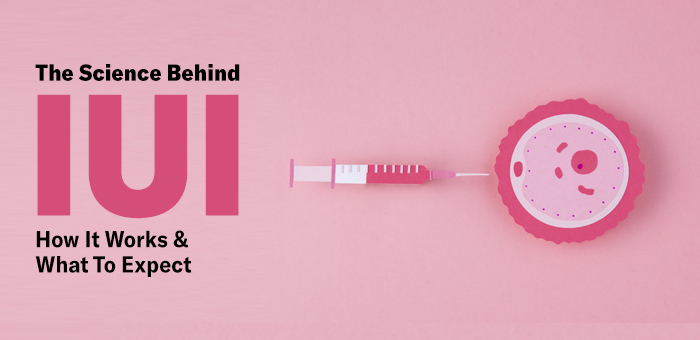The Science Behind IUI: How It Works and What to Expect
Human fertilization is a complex process. Out of millions of sperms deposited in the vagina during normal sexual intercourse only a few thousand sperms, reach the Fallopian tubes, the site of fertilization. This high loss is thought to be due to a various factors. Intrauterine insemination overcomes some of the barriers responsible for prevention of migration of sperms to the distal part of the Fallopian tube.
IUI is the direct placement of processed, highly motile, concentrated sperm, washed free of seminal plasma and other cells, into the uterus, adjacent to the medial ends of the Fallopian tubes, as close to the ovulated oocytes as possible.
This procedure greatly reduces the distance that the sperm must travel and increase the amount of spermatozoa available to the oocytes. The number of sperms that reach the Fallopian tube has increased as much as 25% with IUI.
However, the Fallopian tubes need to be patient and functional for the success of the procedure.
- During the IUI procedure, a catheter is inserted and washed sperm is inserted into the uterus through the cervix.
- It’s a day care procedure and usually takes only a few hours.
- It’s painless, and increases the chances of pregnancy.
- It’s inexpensive and less invasive.
- It is done with husband’s Sperm and in cases with severe male factor age azoospermia (nil sperms) IUI is done with a donor’s sperm after the couple’s consent.
It is recommended in
Mild male factor infertility: If the male partner has a low sperm count or poor sperm motility, IUI can be used to increase the concentration of sperm in the uterus.
Donor insemination: Donor IUI can be used by same-sex female, couples or single women who wish to conceive using donor sperm.In cases of severe male factor in husband azoospermia
Endometriosis: In mild to moderate endometriosis (grade l-II) with good ovarian reserve IUI is a good option.
IUI can be helpful in males with Erectile or ejaculatory dysfunction, psychosexual disorders, anatomical defects, and in females with PCOD, anatomical defects and those with psychosexual disorder like vaginismus.
Unexplained subfertility– It has good success rate unexplained infertility where simpler options have failed.
Success rate of IUI
Every couple will have a different response to IUI, and it can be challenging to predict its success. Several factors affect the outcome, including:
- age
- underlying subfertility diagnosis and concerns
Pregnancy rates following IUI are varied based on your reasons for needing fertility treatment. Success rates for IUI tend to decrease in women over 40 and those who have not conceived after three cycles of IUI.
You should discuss your predicted success rate with your fertility specialist to see if this is a good option.
As per ART rule 2021, a clinic has to be Registered as ART Level 1 Clinic for offering intrauterine insemination (IUI) services. The Bill states that clinics must offer ART services only to married couples or single women, where the woman is between 21 and 50 years of age, and the man is between 21 and 55 years of age.
Accord is now registered as ART level 1 clinic
Our team of experienced doctors is helping couples achieve their dream of parenthood. At Accord Superspeciality Hospital, we have a good success rate of IUI. The hospital has state-of-the-art facilities and technology to enable accurate diagnosis. At Accord we believe in precision medicine and hence our protocols are individualized as per couples need Patients at Accord Hospital can be assured of receiving personalized care and attention throughout their fertility journey.

